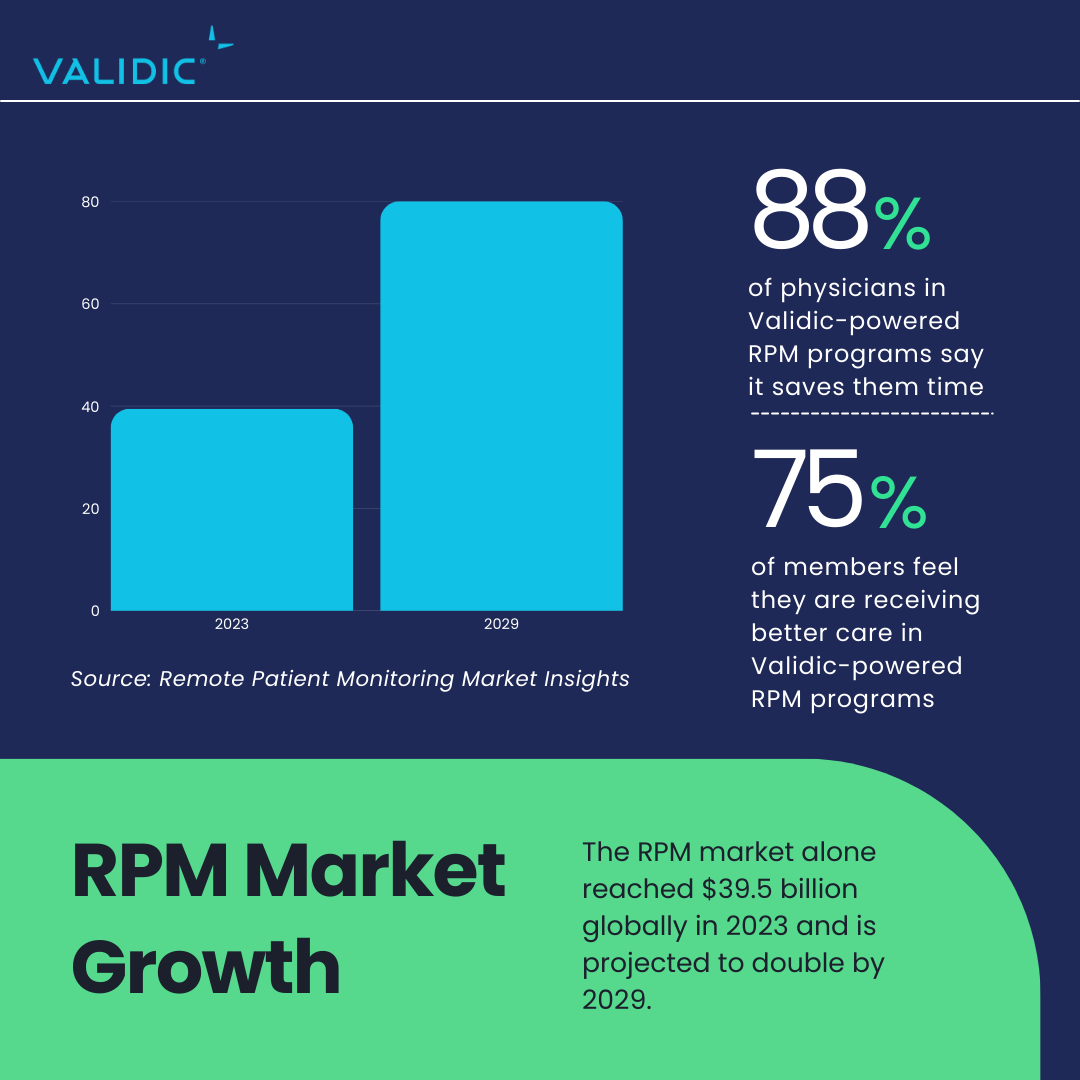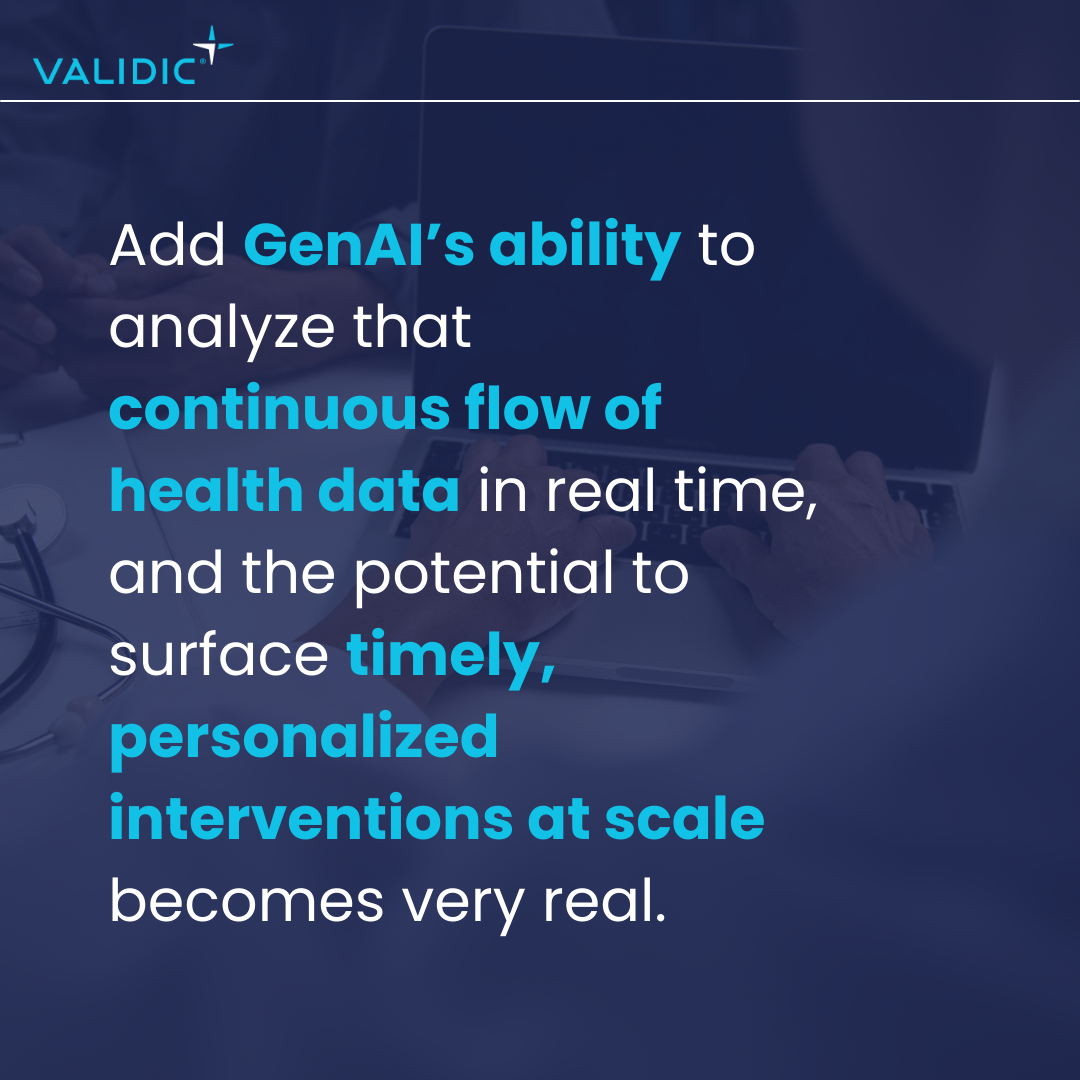How GenAI is Reshaping Care Delivery

A new era for clinical workflows, patient engagement, and outcomes
In just two years, Generative AI (GenAI) has gone from curiosity to utility, transforming how industries communicate, automate, and create. Healthcare, however, isn’t just another industry—care decisions carry real consequences, and technology needs to prove its value in safety, equity, and health outcomes, in addition to efficiency.
With all its complexity, healthcare is one of the sectors most ready for AI disruption. The sheer volume of data, documentation, and fragmented workflows create the inefficiencies that GenAI is built to solve. And when you add the ongoing pressure to do more with less—from clinicians stretched thin to executives navigating risk-based contracts—it’s clear the system needs help.
We’ve seen this story before. Promising new tech. Early buzz. Slow adoption. But this time feels different. The tools are no longer limited to research labs or early adopters. Large language models are already embedded in products that physicians and nurses use daily. In fact, over 60% of health system leaders say they are piloting or actively implementing GenAI tools, according to a 2024 Bain & Company survey.Some of the earliest use cases, like clinical documentation assistance, are already paying dividends. Providers are reclaiming hours each week. A recent study found that AI-powered scribe tools can reduce physician documentation time by 50% or more, improving visit throughput and reducing after-hours charting. Patients, in turn, benefit from more present, less burdened care teams.
But GenAI is doing more than taking notes. It’s powering symptom checkers, triaging care through natural language chat, generating tailored educational content, and supporting clinicians with decision summaries drawn from EHRs, HIEs, and beyond. In short, it’s helping turn data into action without overwhelming the people who need it most.


That said, adoption isn’t without friction. Health systems and plans are right to approach GenAI thoughtfully. Concerns around data bias, clinical accuracy, and regulatory oversight remain. And integration, especially in environments with complex or fragmented infrastructure, remains a real hurdle. But the organizations moving beyond the headlines and piloting real-world use cases are gaining critical insights—and positioning themselves for what’s next.
At Validic, we believe that “what’s next” is personalized, proactive, and powered by data that connects the dots between episodic encounters. That’s why the intersection of remote patient management (RPM) and GenAI is so compelling. On their own, each technology is powerful. Together, they represent a future-ready model of care. The RPM market alone reached $39.5 billion globally in 2023 and is projected to double by 2029. Add GenAI’s ability to analyze that continuous flow of health data in real time, and the potential to surface timely, personalized interventions at scale becomes very real.
This isn’t just about efficiency. It’s about delivering care for more people with fewer resources, and doing it in a way that’s scalable, sustainable, and grounded in clinical reality.
We’ve been watching these trends and building toward them for over a decade. In our next post, we’ll share why we’ve doubled down on GenAI and what it means for our partners across the healthcare ecosystem.
Stay tuned.
Sources:
- Statistic: Over 60% of healthcare providers are piloting or implementing generative AI tools, with 30% deploying them systemwide.
- Statistic: Use of ambient AI scribe tools is associated with greater clinician efficiency, lower mental burden of documentation, and a greater sense of engagement with patients.
- Statistic: The global remote patient monitoring devices market was valued at $42.39 billion in 2023 and is projected to grow to $203.68 billion by 2032, at a CAGR of 19.1%.